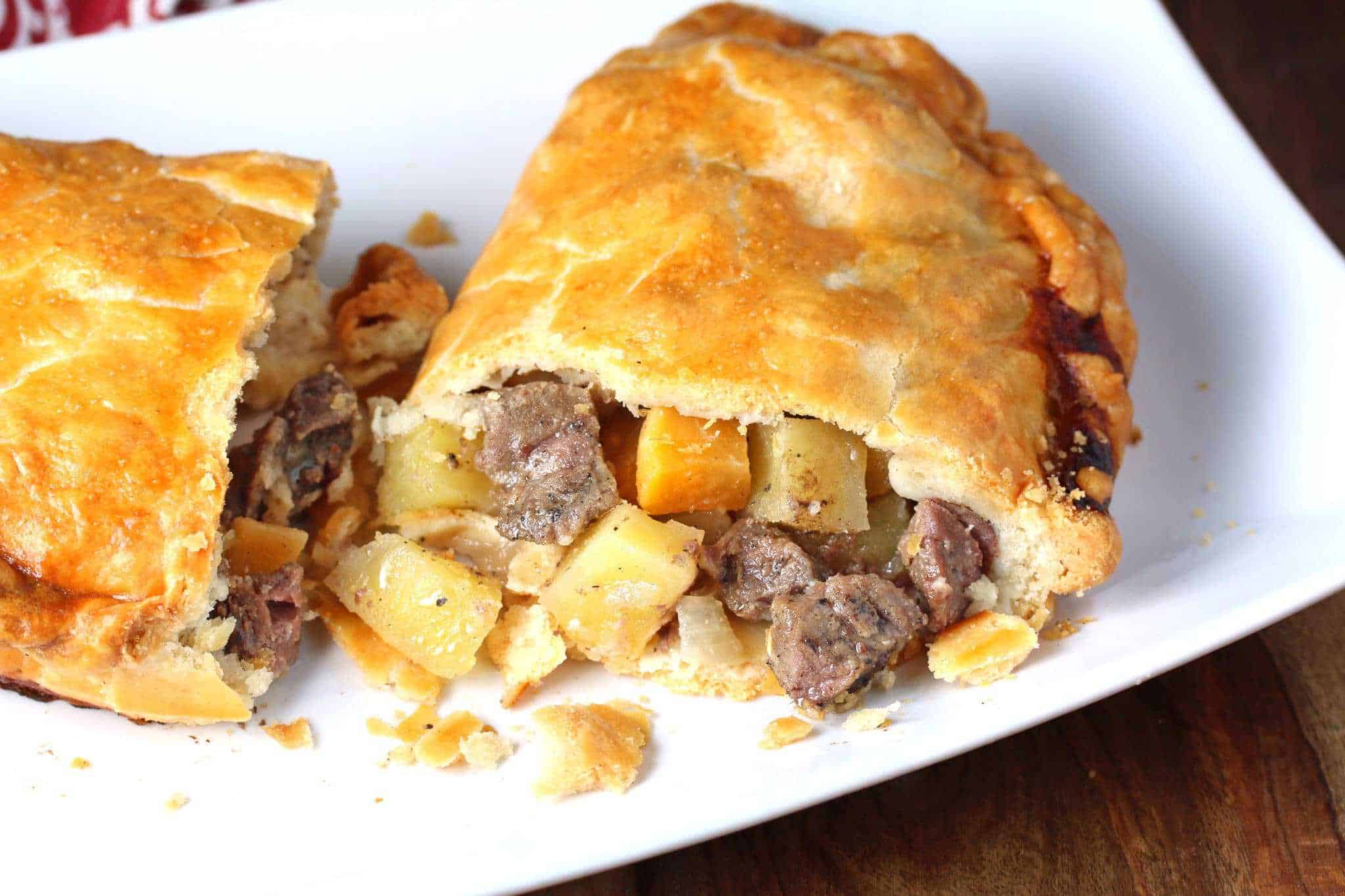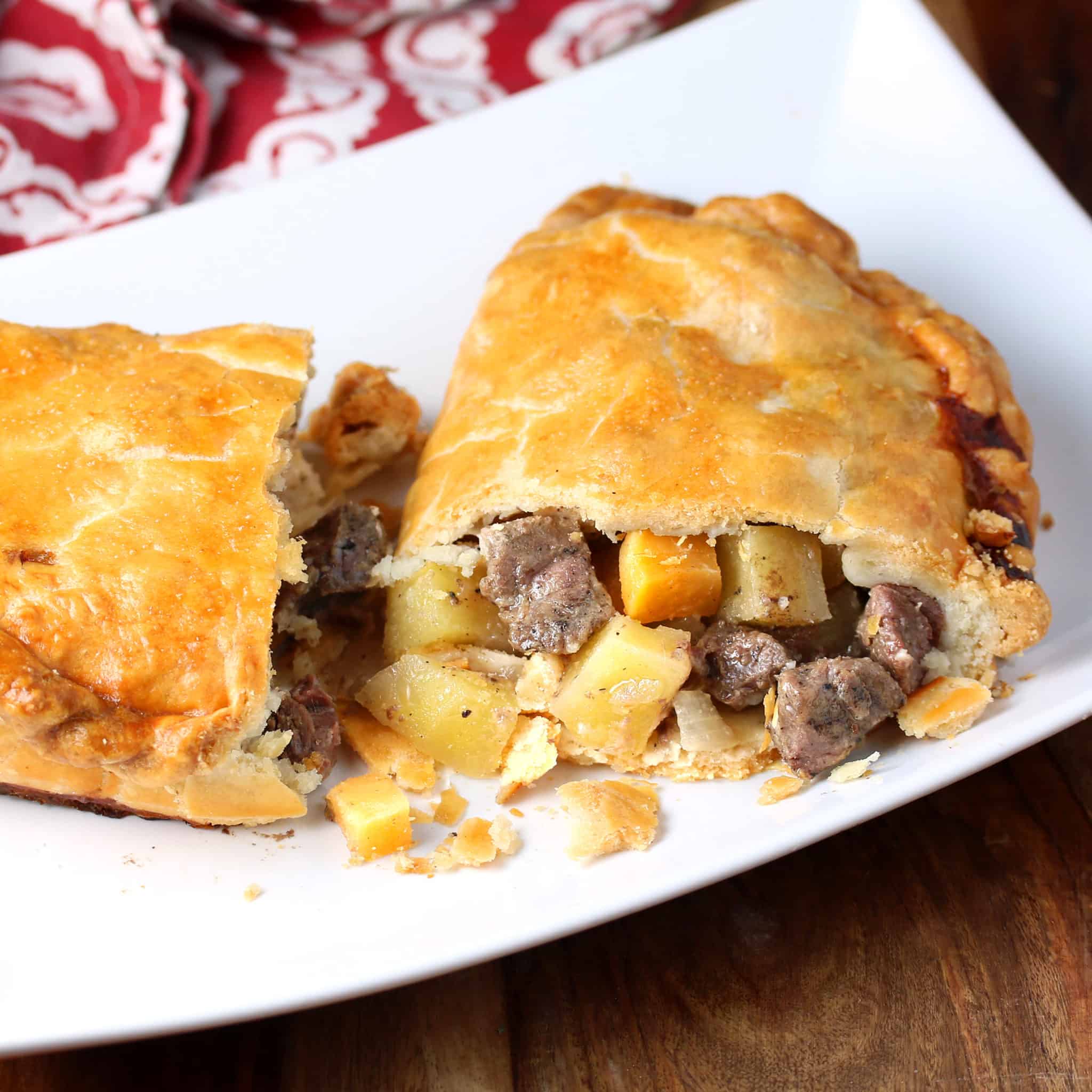Embark on a culinary adventure with the beloved pasty, a delectable treat that has captivated taste buds for centuries. From its humble beginnings as a hearty meal for Cornish miners to its modern-day incarnations, the pasty has evolved into a versatile dish that embodies both tradition and innovation.
In this comprehensive guide, we will delve into the history, variations, techniques, and cultural significance of this iconic dish, empowering you to create the perfect pasty that will tantalize your senses.
Whether you are a seasoned baker or a novice cook, this guide will provide you with the essential knowledge and inspiration to master the art of pasty making. We will explore the origins of the traditional pasty, tracing its journey from the mines of Cornwall to the kitchens of households worldwide.
Along the way, we will discover the unique ingredients and flavors that define the various regional variations of this beloved dish.
Traditional Pasty Recipe
Originating in Cornwall, England, the traditional pasty has a rich history dating back to the 13th century. Initially a portable meal for miners, it has evolved into a beloved delicacy enjoyed worldwide.
This classic recipe captures the essence of the traditional pasty, featuring a flaky, golden crust encasing a savory filling of tender beef, flavorful vegetables, and aromatic herbs.
Ingredients:
- For the crust:
- 2 1/2 cups (312g) all-purpose flour, plus more for dusting
- 1 teaspoon (5g) salt
- 1 cup (2 sticks or 227g) unsalted butter, cold and cut into small cubes
- 1/2 cup (120ml) ice water
- For the filling:
- 1 pound (454g) beef chuck roast, cut into 1/2-inch cubes
- 1 large onion, chopped
- 2 large potatoes, peeled and diced
- 2 large carrots, peeled and diced
- 1/4 cup (60ml) beef broth
- 1 tablespoon (15g) Worcestershire sauce
- 1 teaspoon (5g) dried thyme
- 1/2 teaspoon (2.5g) dried rosemary
- Salt and pepper to taste
Instructions:
- To make the crust, combine the flour and salt in a large bowl. Add the butter cubes and use your fingers or a pastry cutter to work them into the flour until the mixture resembles coarse crumbs.
- Add the ice water 1 tablespoon at a time, mixing until the dough just comes together. Form the dough into a ball, wrap it in plastic wrap, and refrigerate for at least 30 minutes.
- Preheat the oven to 400°F (200°C).
- While the oven heats, prepare the filling. In a large bowl, combine the beef, onion, potatoes, carrots, beef broth, Worcestershire sauce, thyme, rosemary, salt, and pepper. Toss to combine.
- On a lightly floured surface, roll out the dough to a 12-inch (30cm) circle. Transfer the dough to a baking sheet.
- Spoon the filling onto one half of the dough circle, leaving a 1-inch (2.5cm) border around the edges. Fold the other half of the dough over the filling and crimp the edges to seal.
- Brush the pasty with milk and bake for 45-50 minutes, or until the crust is golden brown and the filling is cooked through.
- Let the pasty cool slightly before slicing and serving.
Variations on the Pasty
The pasty has many variations, each with its own unique ingredients and flavors. These variations can be divided into three main categories: vegetarian, meat-based, and regional variations.
Vegetarian Pasty
Vegetarian pasties are made without any meat. They typically contain vegetables such as potatoes, carrots, onions, and peas. Some vegetarian pasties also include cheese or tofu.
Meat-Based Pasty
Meat-based pasties are made with a variety of meats, such as beef, lamb, pork, or chicken. The meat is typically cooked with vegetables such as potatoes, carrots, and onions. Some meat-based pasties also include gravy or sauce.
Regional Variations
There are many regional variations of the pasty. In Cornwall, England, pasties are typically made with beef, potatoes, and onions. In Devon, England, pasties are typically made with lamb, potatoes, and onions. In Scotland, pasties are typically made with beef, potatoes, and turnips.
Pasty Making Techniques

Pasty making is an art form that requires precision and skill. The key techniques involved in making pasties include crimping and sealing, which are essential for creating a perfect pastry texture and shape.
Crimping
Crimping is the process of sealing the edges of the pasty by folding them over and pinching them together. This creates a decorative and secure seal that prevents the filling from leaking out. To achieve a perfect crimp, use a fork or your fingers to press down firmly on the edges of the pasty, creating a series of small, even folds.
Sealing
After crimping, the pasty must be sealed to prevent any leaks. This can be done by brushing the edges of the pasty with water or egg wash and then pressing them together firmly. You can also use a fork to create a series of small holes around the edges of the pasty, which will help to release steam during baking.
Tips for Achieving the Perfect Pastry
* Use cold butter or lard for the pastry, as this will help to create a flaky texture.
- Work the pastry quickly and gently to avoid overworking it.
- Chill the pastry for at least 30 minutes before rolling it out, as this will help to prevent it from shrinking in the oven.
- Roll out the pastry to an even thickness, as this will help to ensure that the pasty cooks evenly.
Serving and Enjoying Pasties
Traditionally, pasties were served as a handheld meal, often accompanied by gravy or condiments like mustard or ketchup. They are also commonly enjoyed with a side of chips or salad.
Accompaniments
In addition to traditional accompaniments, pasties can be paired with a variety of other dishes to enhance their flavor and appeal. Some popular choices include:
- Soup: A warm bowl of soup, such as beef stew or vegetable soup, can complement the hearty nature of pasties.
- Salad: A fresh and crisp salad can provide a light and refreshing contrast to the richness of the pasty.
- Chips: Crispy chips, whether plain or seasoned, make a classic and satisfying side dish for pasties.
- Baked beans: The sweet and savory flavors of baked beans pair well with the savory filling of pasties.
Pasty Culture and Heritage
Pasties hold a deep cultural significance in various regions, embodying local traditions and culinary heritage. Their humble origins as a portable meal for miners and farmers have evolved into a cherished symbol of community and shared experiences.
Cornish Pasty Pride
In Cornwall, England, the pasty is an iconic symbol of regional identity. Its traditional ingredients of beef, potato, onion, and swede (a type of turnip) reflect the local agricultural bounty. The Cornish Pasty Association safeguards the integrity of this culinary icon, ensuring its authenticity and preserving its cultural significance.
Cultural Melting Pot in Michigan
In the Upper Peninsula of Michigan, USA, the pasty has become a symbol of the region’s diverse cultural heritage. Originally brought by Cornish miners in the 19th century, the pasty has evolved to include local ingredients like venison and rutabaga.
It serves as a culinary bridge between different ethnicities and a testament to the area’s rich history.
Pasty Traditions in the Isle of Man
On the Isle of Man, a self-governing British Crown dependency, the pasty is known as a “creggan.” It holds a special place in the island’s traditions, often served at community gatherings and special occasions. The creggan’s unique ingredients, such as herring or lamb, reflect the island’s maritime and agricultural heritage.
Health and Nutritional Considerations
Pasties, while a delicious and satisfying meal, should be consumed in moderation due to their calorie and fat content. A typical pasty can contain up to 500 calories and 25 grams of fat, making it a high-calorie food. Additionally, pasties are often filled with meat, cheese, and vegetables, which can contribute to their saturated fat and sodium content.However,
it is possible to make healthier versions of pasties without compromising on taste. Here are a few tips:
- Use lean ground beef or turkey instead of regular ground beef.
- Use low-fat cheese or no cheese at all.
- Add plenty of vegetables to the filling, such as carrots, celery, and onions.
- Bake the pasties instead of frying them.
By following these tips, you can enjoy a delicious and satisfying pasty without sacrificing your health.
Last Recap

As we conclude our culinary exploration, let us reflect on the timeless appeal of the pasty. It is a dish that transcends generations and cultures, uniting people through its comforting flavors and enduring heritage. Whether enjoyed as a hearty snack, a family meal, or a cherished tradition, the pasty continues to hold a special place in our hearts and stomachs.
With the knowledge and techniques gained from this guide, you are now equipped to create your own extraordinary pasties, carrying on the legacy of this culinary masterpiece for generations to come.
Common Queries
What is the origin of the pasty?
The pasty originated in Cornwall, England, in the 13th century. It was originally a portable meal for miners, who would fill it with meat, vegetables, and herbs.
What are the different types of pasty fillings?
Traditional pasty fillings include beef, lamb, pork, chicken, and vegetables. Modern variations include vegetarian and vegan fillings, such as cheese, spinach, and mushrooms.
How do I crimp a pasty?
To crimp a pasty, fold the edges of the pastry over the filling and press them together firmly. Use your fingers or a fork to create a decorative pattern.
What is the best way to reheat a pasty?
The best way to reheat a pasty is in the oven at 350 degrees Fahrenheit for 15-20 minutes, or until warmed through.
Can I freeze pasties?
Yes, you can freeze pasties for up to 3 months. Thaw them overnight in the refrigerator before reheating.
